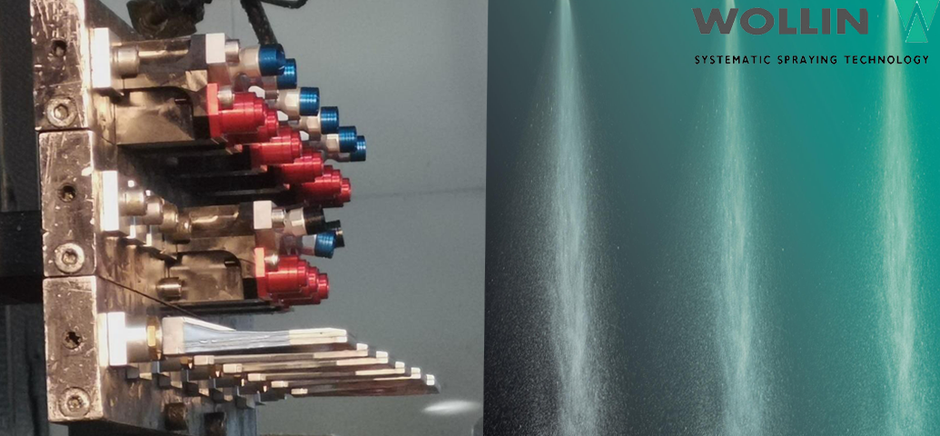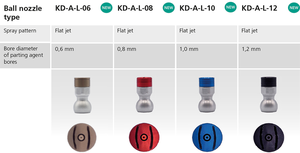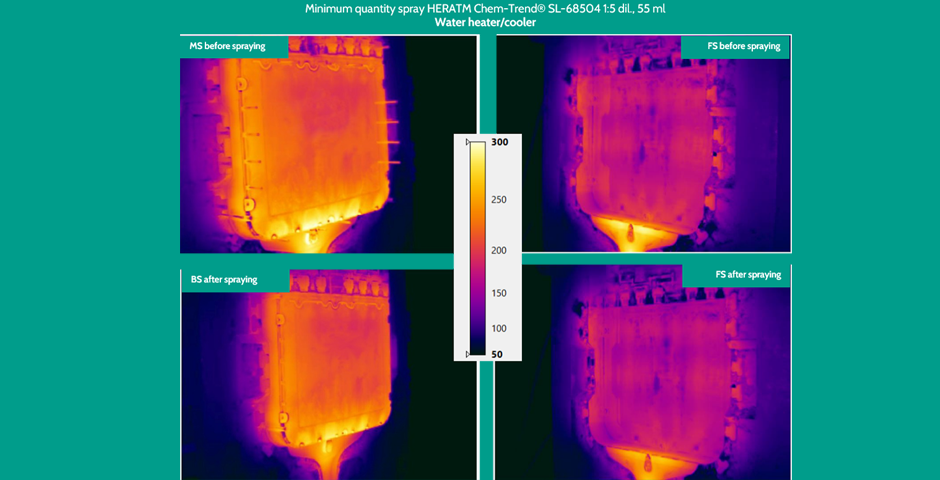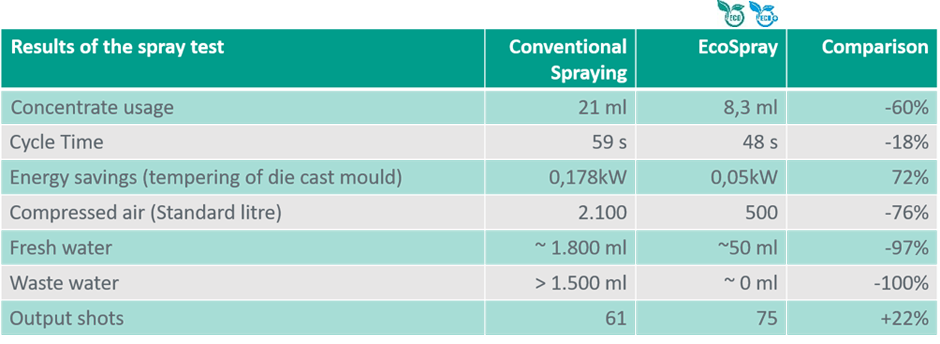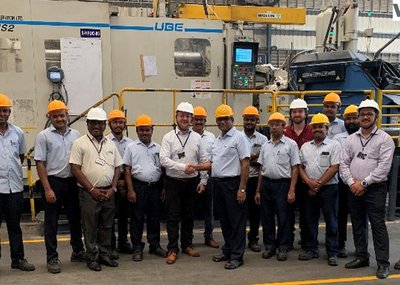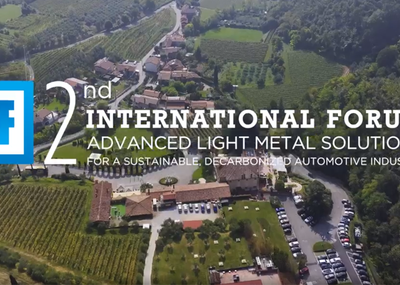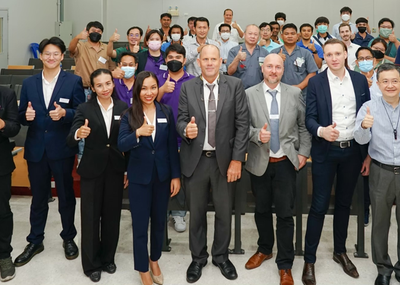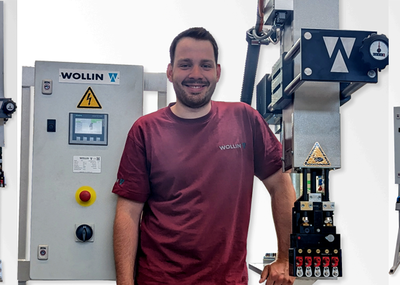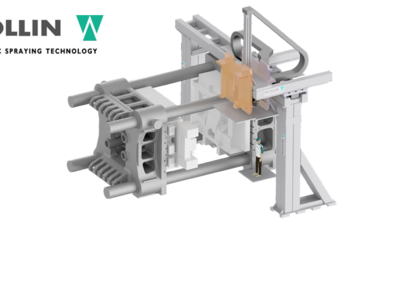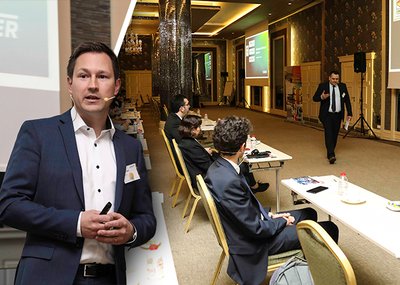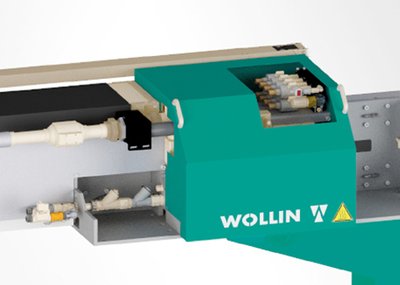Status Quo & Requirements
Fritz Schmidt Metallgießerei GmbH & Co KG carried out a trial to prove the suitability of a simple, standard die tempering system for the use of minimum quantity application ('MQA'). An attempt was made to save costs and increase the output through various measures.
The intended goals were:
• Reduction of energy costs
• Reduction of die costs by achieving longer die service lives
• Reduction of water consumption and waste water costs
• Reduction of cycle times
• Reduction of compressed air consumption (lower noise emission)
• Reduction of rework costs through reduced die wear
• Reduction of air and hall pollution (fire load)
• Less energy required by using FSD nozzles in combination with pressurized water units for increased cooling capacity in less time
• No or less heat transfer oil in use, thus cost reduction in procurement and reduction of the ecological footprint.
The test was carried out using Wollin's EcoSpray technology and the water-based release agent concentrate HERA™ light Chem-Trend® SL-68504 from Chem-Trend.
Test preparation
In the run-up to the experiment, all relevant parameters of the conventional spraying and casting process were documented. IR images were also taken for this purpose. Chem-Trend® SL-7732 was used as the release agent in a dilution of 1:83.
In order to be able to carry out the minimum quantity application, some modifications had to be made to the system and the spraying tool. Among other things, a release agent supply system from Wollin was connected, the spraying tool was modified, two single-circuit oil heating and cooling units were replaced by a dual-circuit water heating and cooling unit, and a float flow meter was installed. The lines carrying the release agent were flushed with Chem-Trend® DC-456 system cleaner and then rinsed with water. The Wollin OSA release agent storage tank was filled with HERA™ light Chem-Trend® SL-68504 diluted 1:5.

